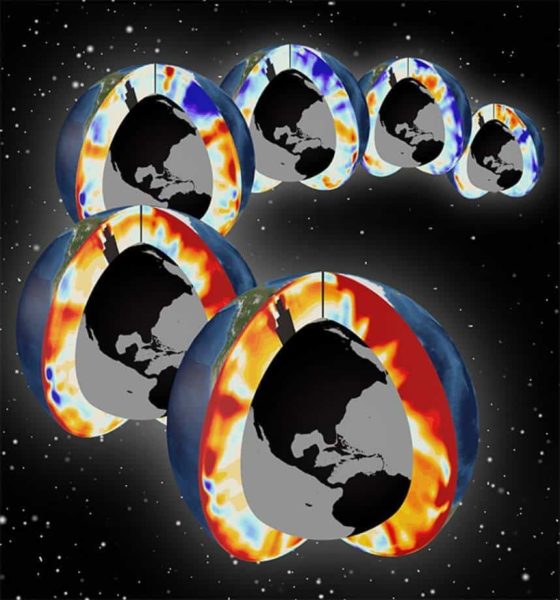Ocean temperatures increased as much in the last two decades as they had in more than a century before, according to a new study.
“Since the 1990s, the total amount of heat content change in the oceans is twice that of what we’d seen up until that point in the past 150 years,” said Chris Forest, a Penn State meteorology professor and associate in the university’s Earth and Environmental Systems Institute.
The findings, published this week in the journal Nature Climate Change, indicate not only that temperatures are rising at an increased rate, but that warming is reaching deeper waters.
“Over the past few decades the ocean has continued to warm substantially, and with time the warming signals are reaching deeper into the ocean,” said Peter Gleckler, a scientist at the Lawrence Livermore National Laboratory (LLNL), and lead author on the paper.
Quantifying how much heat is accumulating in the Earth system is critical — it helps scientists understand the effects of warming today, and more accurately predict future climate changes.
Oceans are the planet’s largest heat sink, storing more than 90 percent of the excess heat associated with global warming. If scientists know where and how the heat is stored, they can also understand warming of the atmosphere and land systems.
“It’s really the true signature of climate change in the Earth system records,” said Forest, a coauthor on the paper. “Melting glaciers and ice sheets, reduction of sea ice — these are all signals we are seeing, but this tells us there is a change in the energy balance of the planet in a strong sense.”
In the study, scientists analyzed temperature data from multiple depths and time periods, some dating back to the 1870s, to study ocean heat accumulation during the industrial era. The warming they observed matches simulations from the latest generation of climate models, validating the models’ performance.
Scientists used numerous sources of data in the study. Some date back to the H.M.S. Challenger expedition from 1872-1876, when temperatures gauges were dangled overboard on lines to different depths. Modern data comes from Argo, a global array of robotic floats first deployed in the 1990s and continue to beam data to satellites.
“The year-round, global distribution of ocean temperature data collected by Argo have been key in improving our estimates of ocean warming and validating the performance of climate models,” said Paul Durack, LLNL oceanographer.
Analyzing changes in the deepest parts of the ocean has been more difficult. There is less historical data to draw on, but available information does show warming, even in the bottom layers of the ocean in recent decades. Scientists said it’s vital to continue studying this and other ocean depths in the coming decades.
“People need to understand that the length of the record is critical to making these statements,” Forest said. “Maintaining good networks of data collection around the globe, in the ocean at all levels is necessary for us to continue to learn how systems are responding. We need to continue getting this data and make sure we know how the ocean is responding over the next 20 years and beyond.”
The National Science Foundation, the Department of Energy and the National Oceanic and Atmospheric Administration supported this project.


